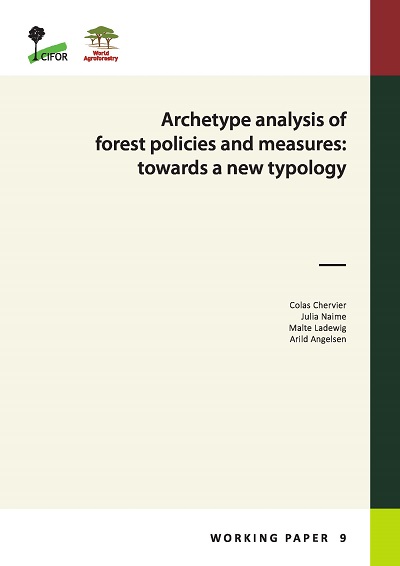M easures for climate change adaptation in agriculture Opportunities for climate action in agricultural systems Sonja Vermeulen, Dhanush Dinesh NOVEM BER 201 6 Key messages International governance arrangements and national policy frameworks already provide a robust foundation for adaptation in agricultural systems. National planning using prioritization tools can result in efficient, effective and equitable allocation of limited resources to benefit the most vulnerable farmers and systems. Local planning involves devolution of decision - making and participatory approaches to match loc al contexts, capacities and preferences. Access to adaptation finance remains critical to achieving local and global goals for adaptation. Both economic incentives and value chain initiatives can ensure that financial investments achieve adaptation at scal e. Effective research and knowledge systems connect farmers, policy - makers, businesses and researchers to accelerate sharing of emerging knowledge, and help adapt to dynamic current climates and to future scenarios for climate and development. Modernizing extension services, capacity building and technology transfer approaches are important to capture the attention and participation of a wider group of rural people, including youth. Indigenous knowledge strengthens adaptation measures by working closely wit h knowledge - holders at both local and national levels. Gender equality and social inclusion can be strengthened if adaptation measures are well designed. Adaptation measures in agricultural systems also offer opportunity to achieve multiple co - benefits, for environmental health and mitigation . In this i nfo n ote we provide a brief overview of key adaptation measures in agriculture drawing on research for de velopment efforts by CGIAR Centr e s and partners, taking into account the diversity of agricultural systems, the role of indigenous knowledge, differences in scales of adoption, and potential co - benefits of these measures . A twinned info note considers agricultural practices and technologies, which are one sub - set of adaptation measures. Both info notes are drawn from longer working papers, all available at https://cgspace.cgiar.org/handle/10568/71053























